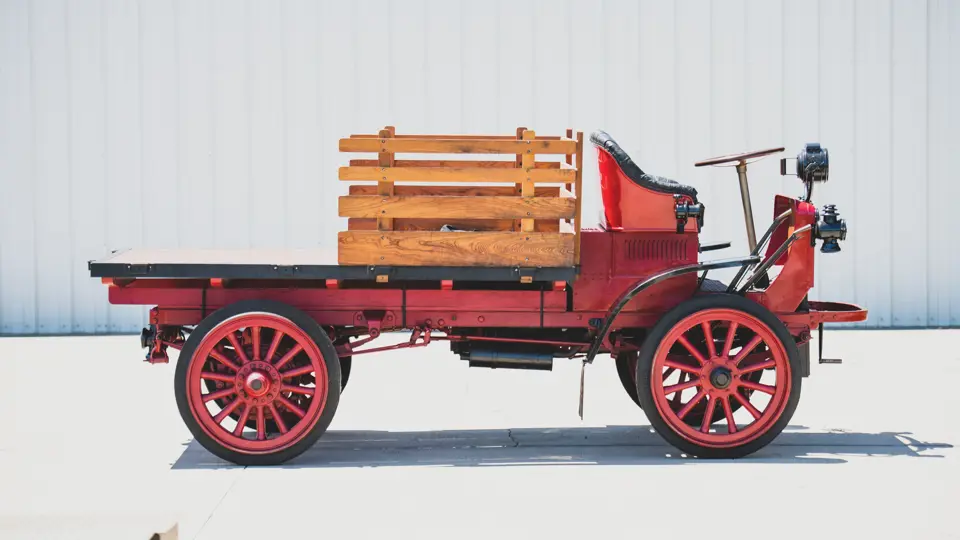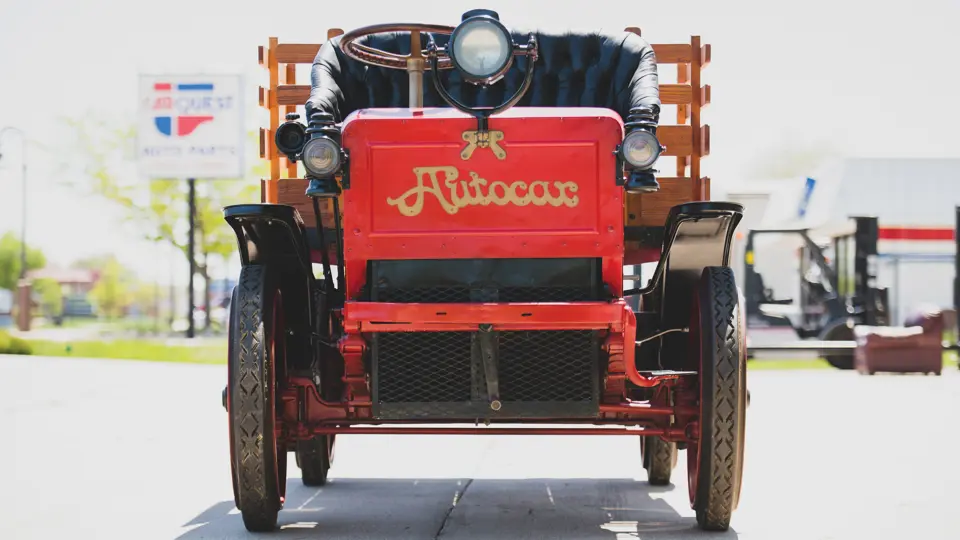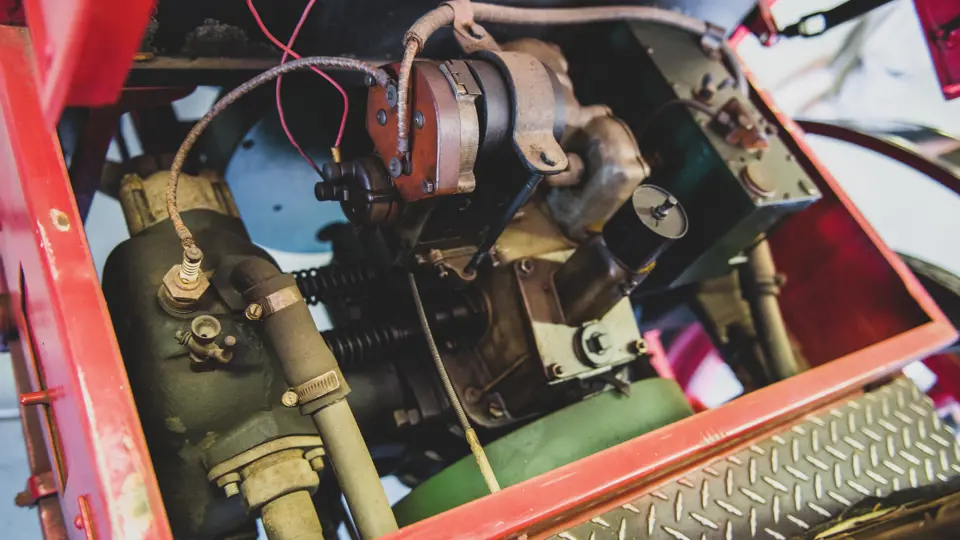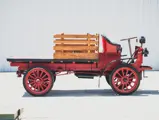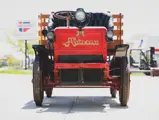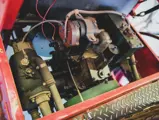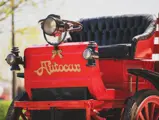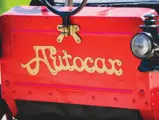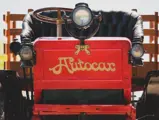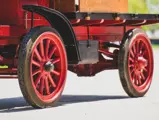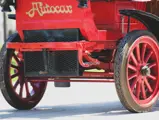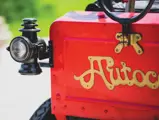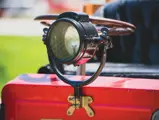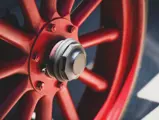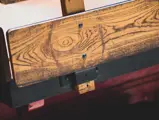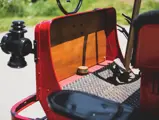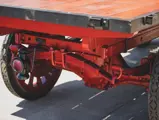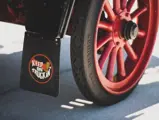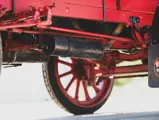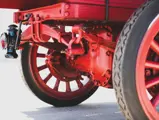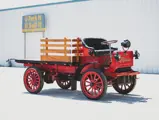Although best known since the early twentieth century as a manufacturer of trucks, Autocar began its career with passenger cars. Manufacture of tricycles and quadricycles began in Pittsburgh, Pennsylvania, in 1897, under the auspices of the Pittsburgh Motor Vehicle Company. In April 1900 the operation moved to nearby Ardmore and was reorganized as the Autocar Company. Some 27 cars were built by the end of 1901, and in 1902 a shaft-drive car was introduced, believed to be the first multi-cylinder American car so equipped.
In 1907, Autocar began building trucks, which completely took over production in 1912. The first truck was a one-ton model on an 85-inch wheelbase, with a horizontally opposed 18 hp twin-cylinder engine. A two-ton model on a 97-inch wheelbase followed and continued into 1926. By this time, some 30,000 had been built, many of them bodied as buses.
Previously owned by Herb Livingston in Mount Pleasant, South Carolina, this Autocar was purchased by the Merrick Auto Museum in 1995. The very epitome of the word truck in 1910, it stands tall and rides on 35 × 5 Non Skid solid rubber tires. Devoid of all but essentials, it has a perch-high driver’s seat and a cargo bed. The seat, however, is all but palatial, upholstered richly in black buttoned leather. Lighting is rudimentary—a C.M. Hall Solar headlight high on the dashboard, and kerosene lamps at the sides. A kerosene taillamp hangs below the bed at the rear. It has a flatbed cargo body with wood racks in the forward section.
In a time when strength was measured in mass rather than metallurgy, this Autocar was the ideal of the industry.






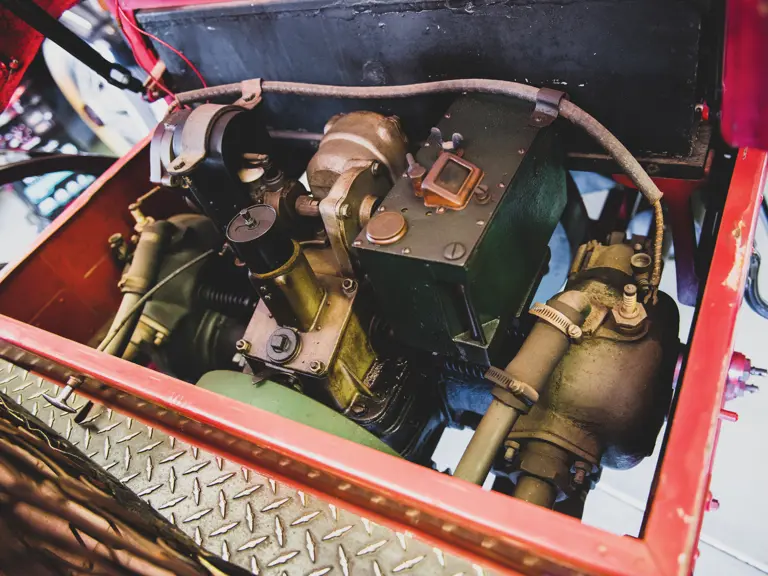
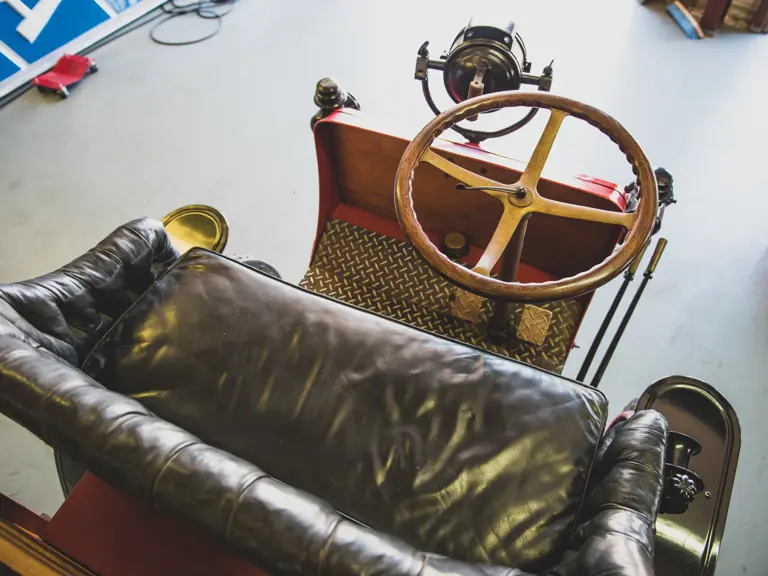

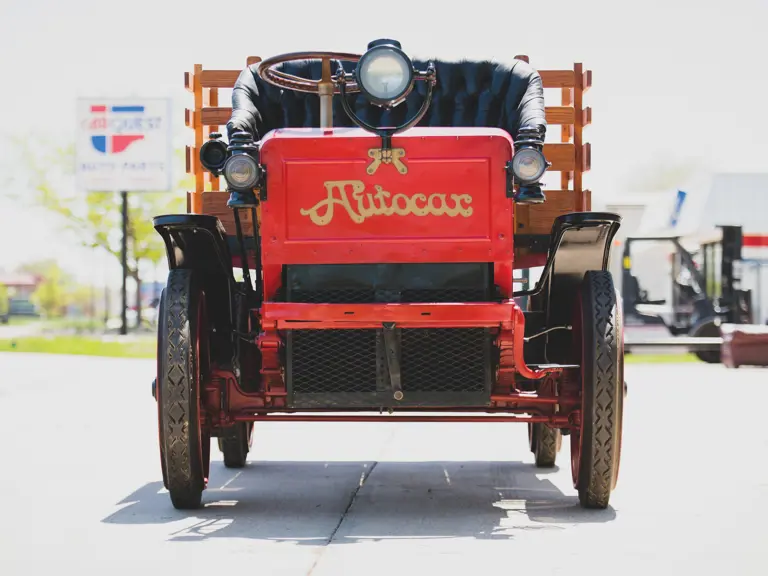
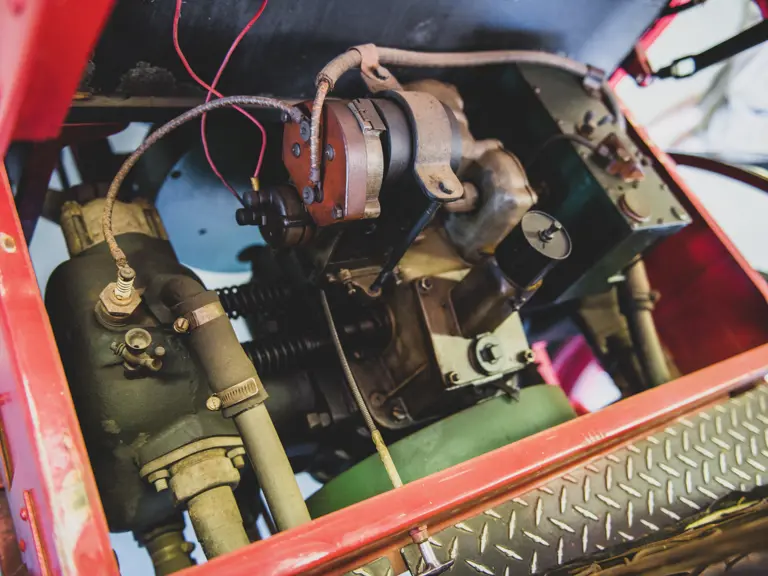
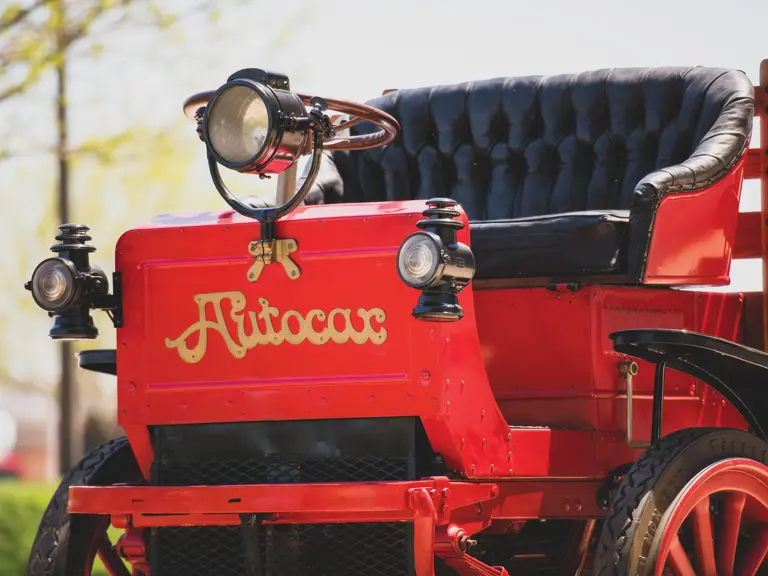
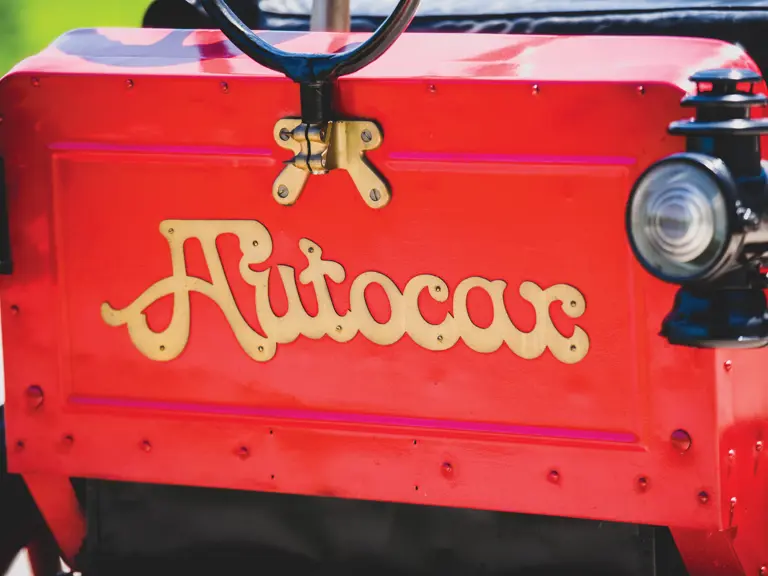
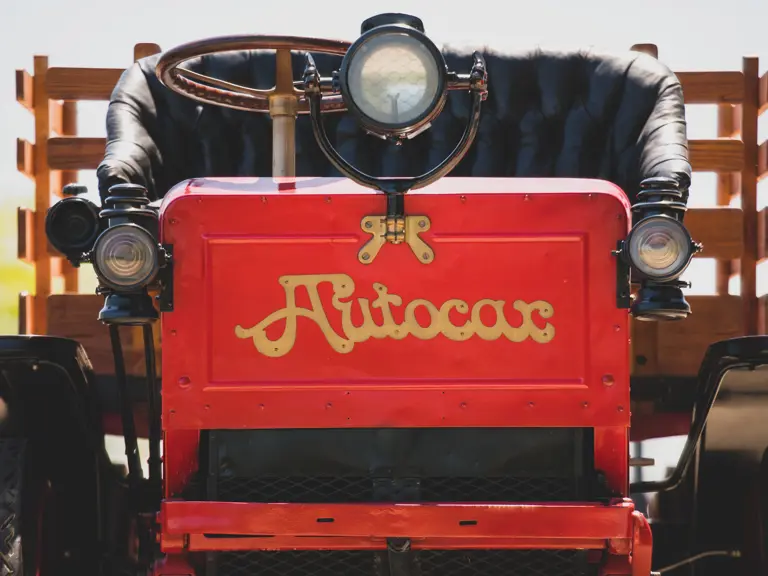
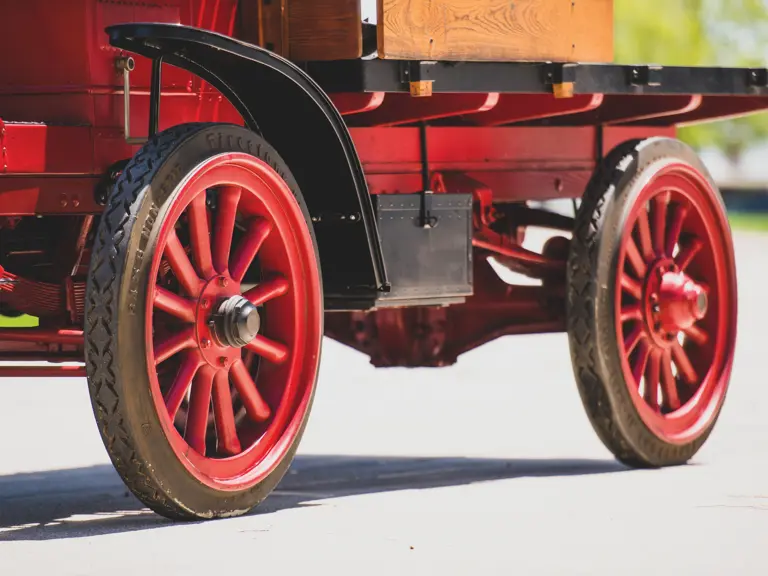
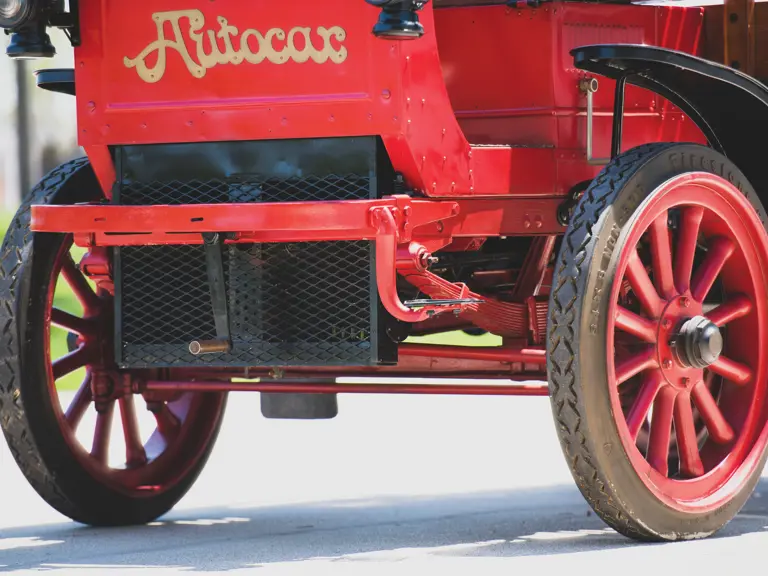
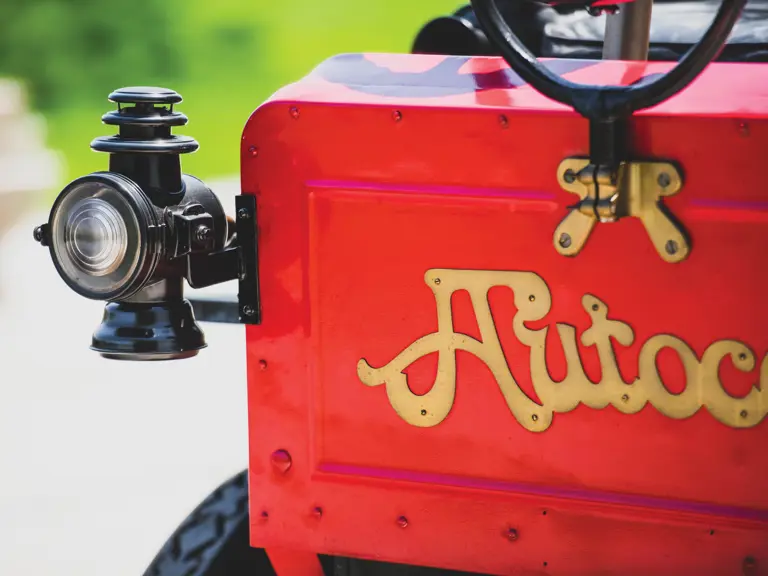
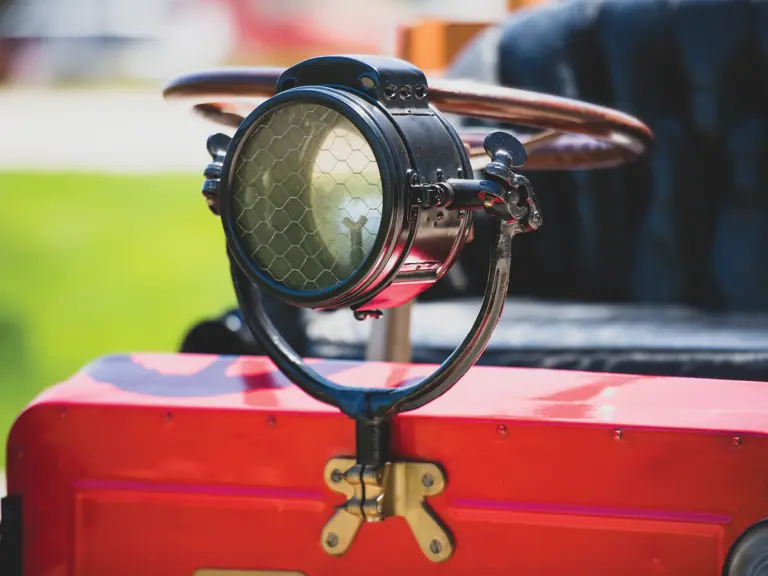
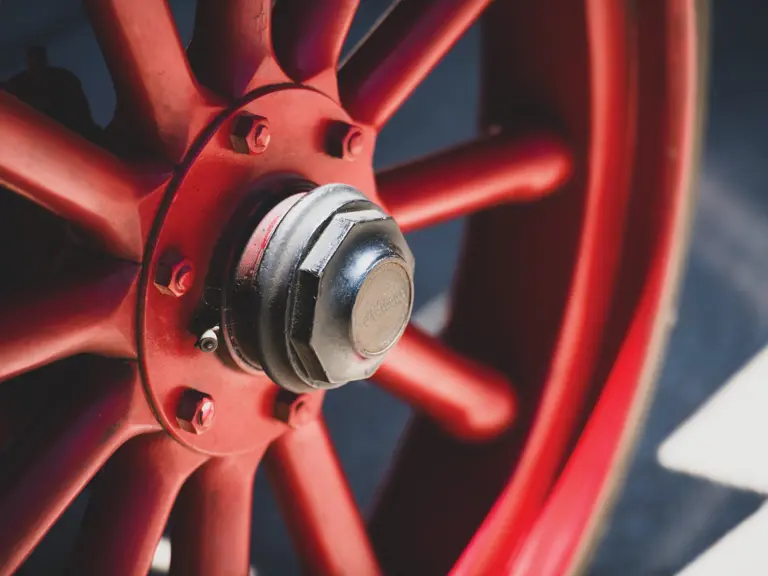
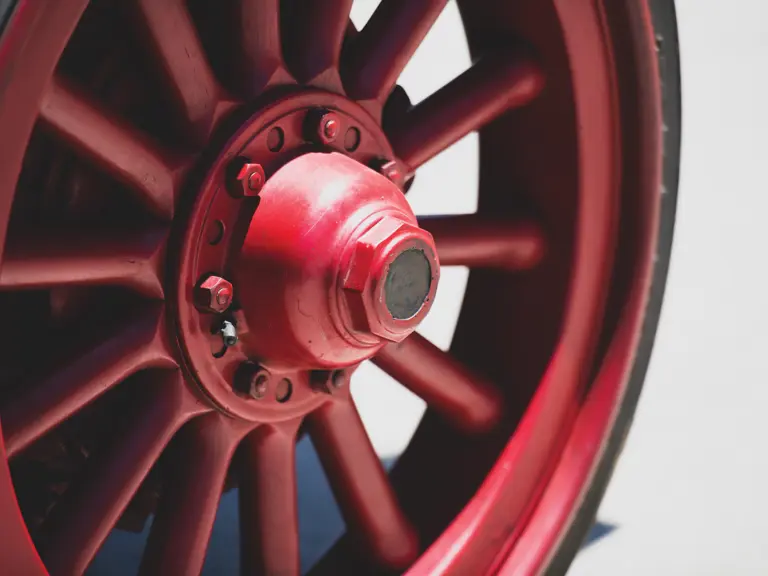


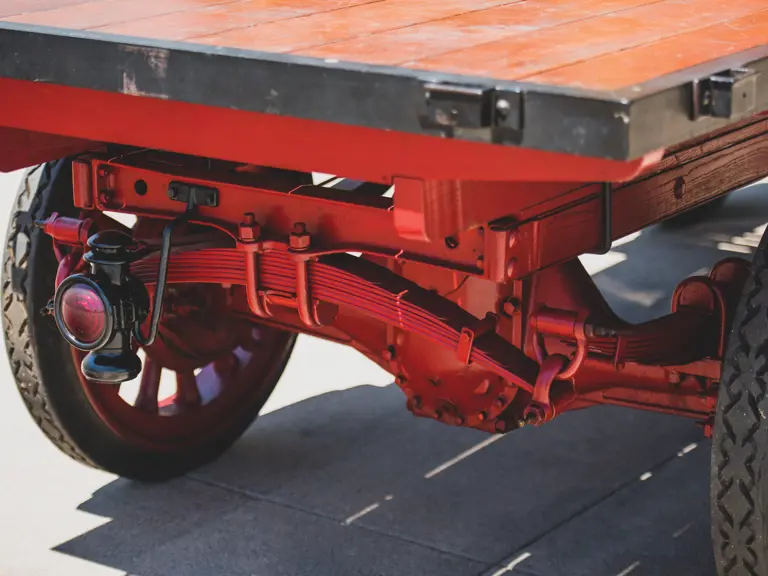

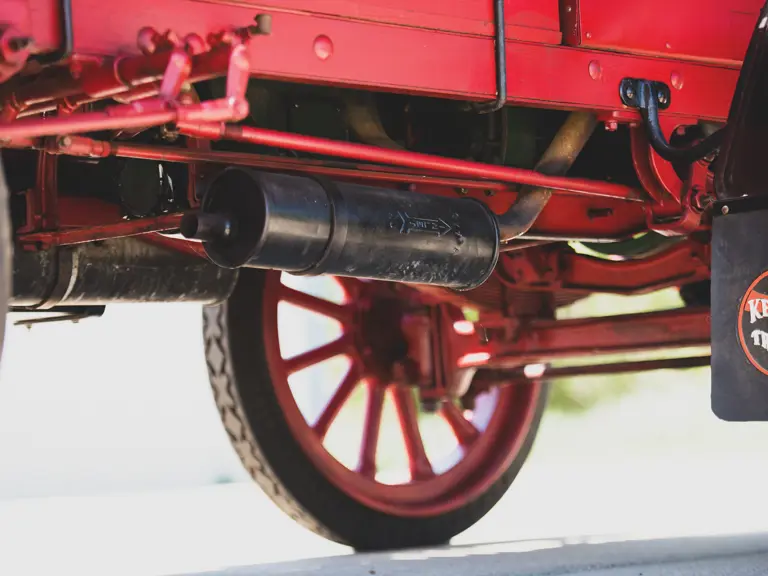
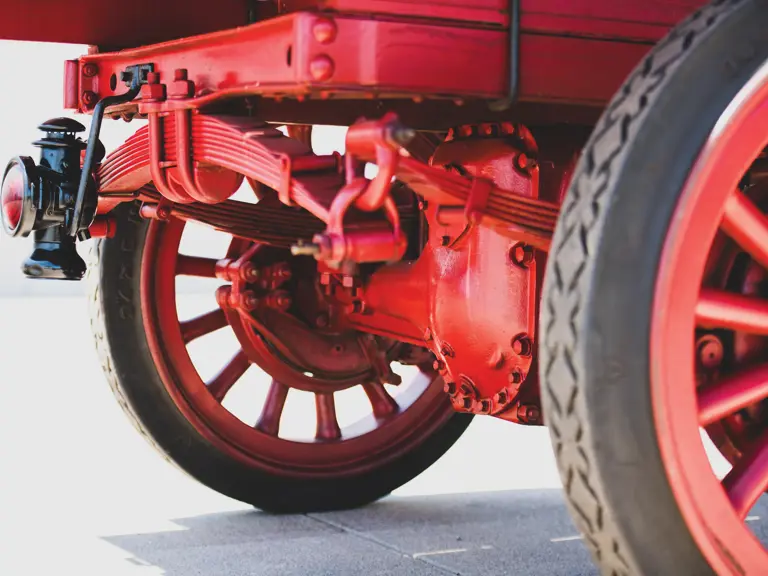
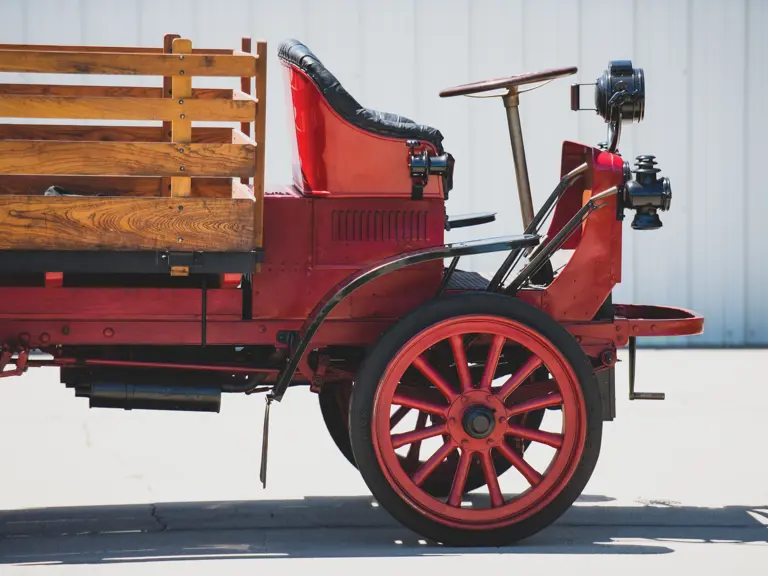
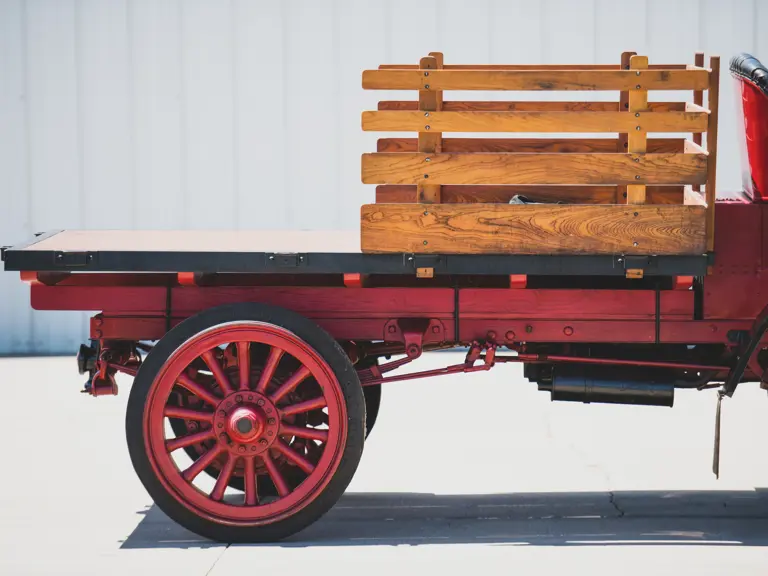
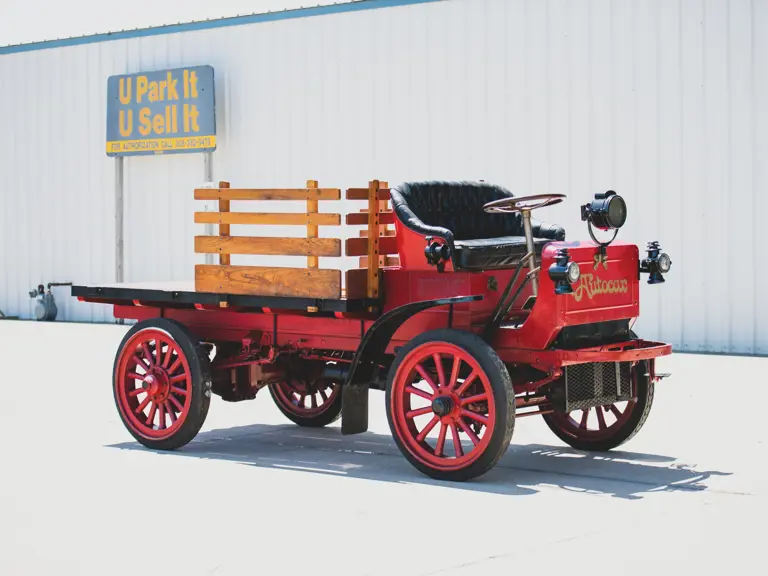
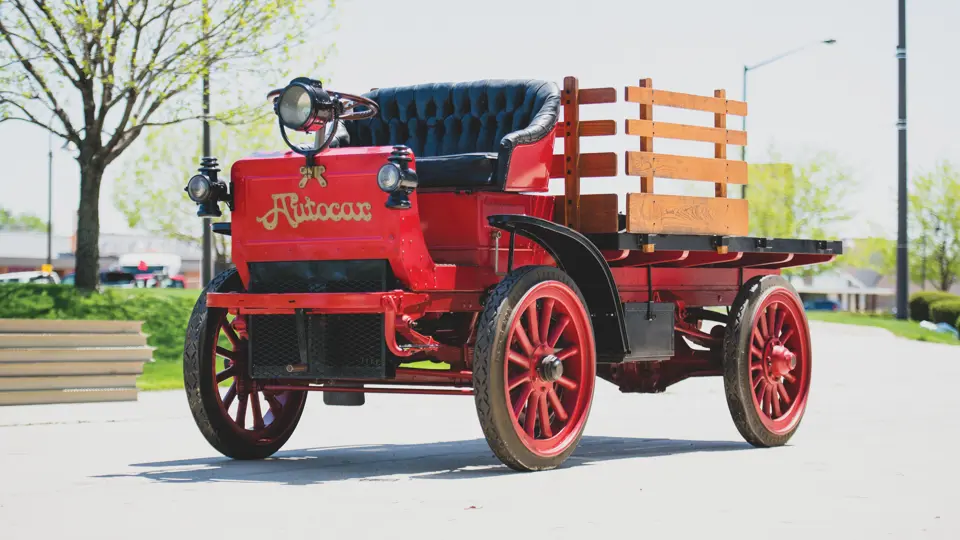
 | Hershey, Pennsylvania
| Hershey, Pennsylvania
